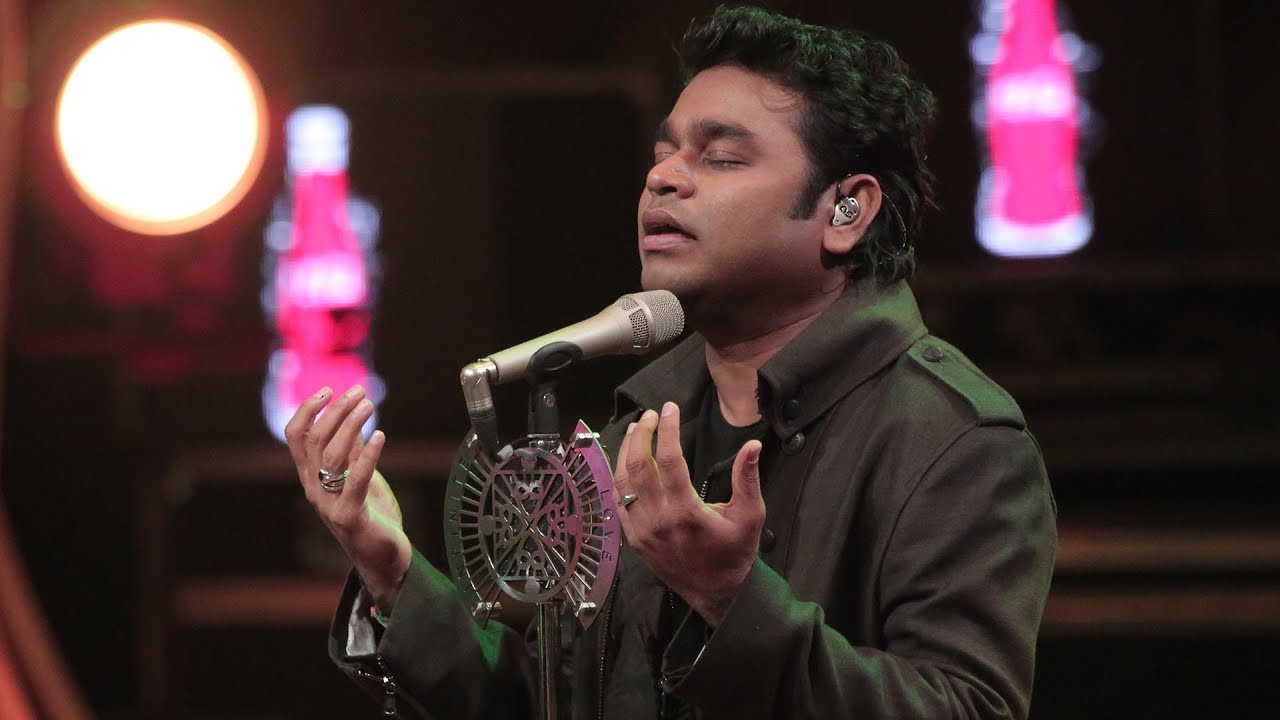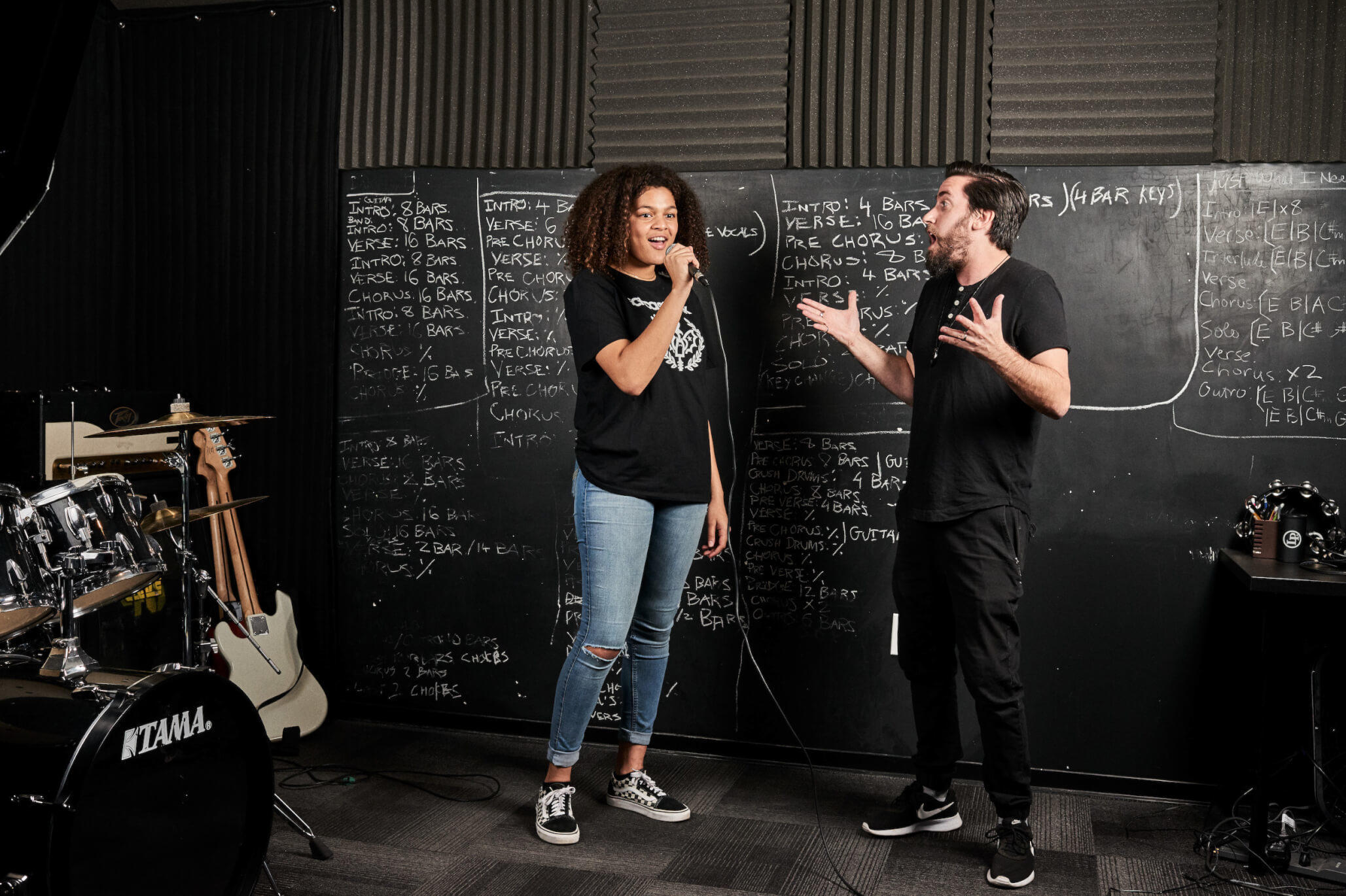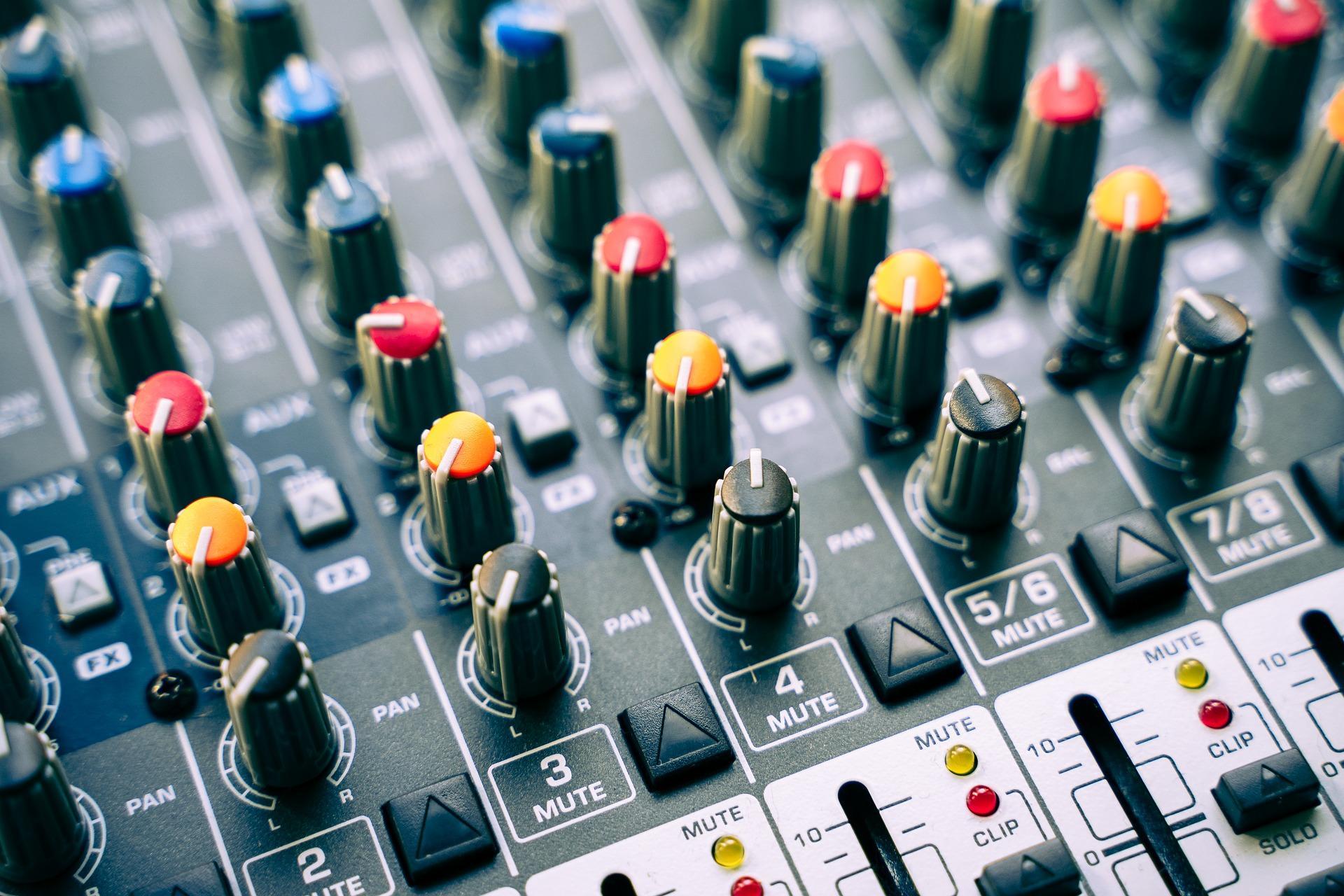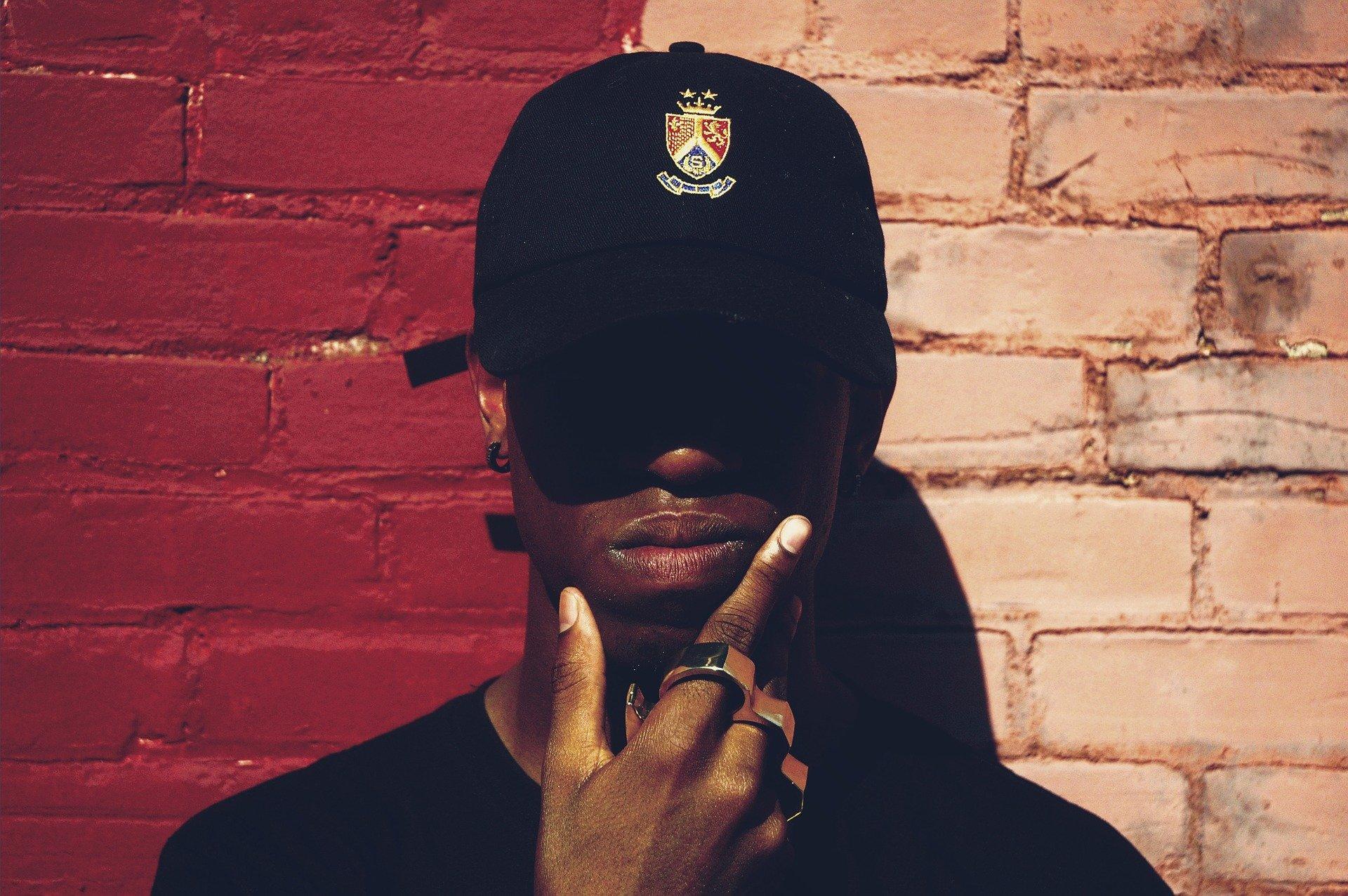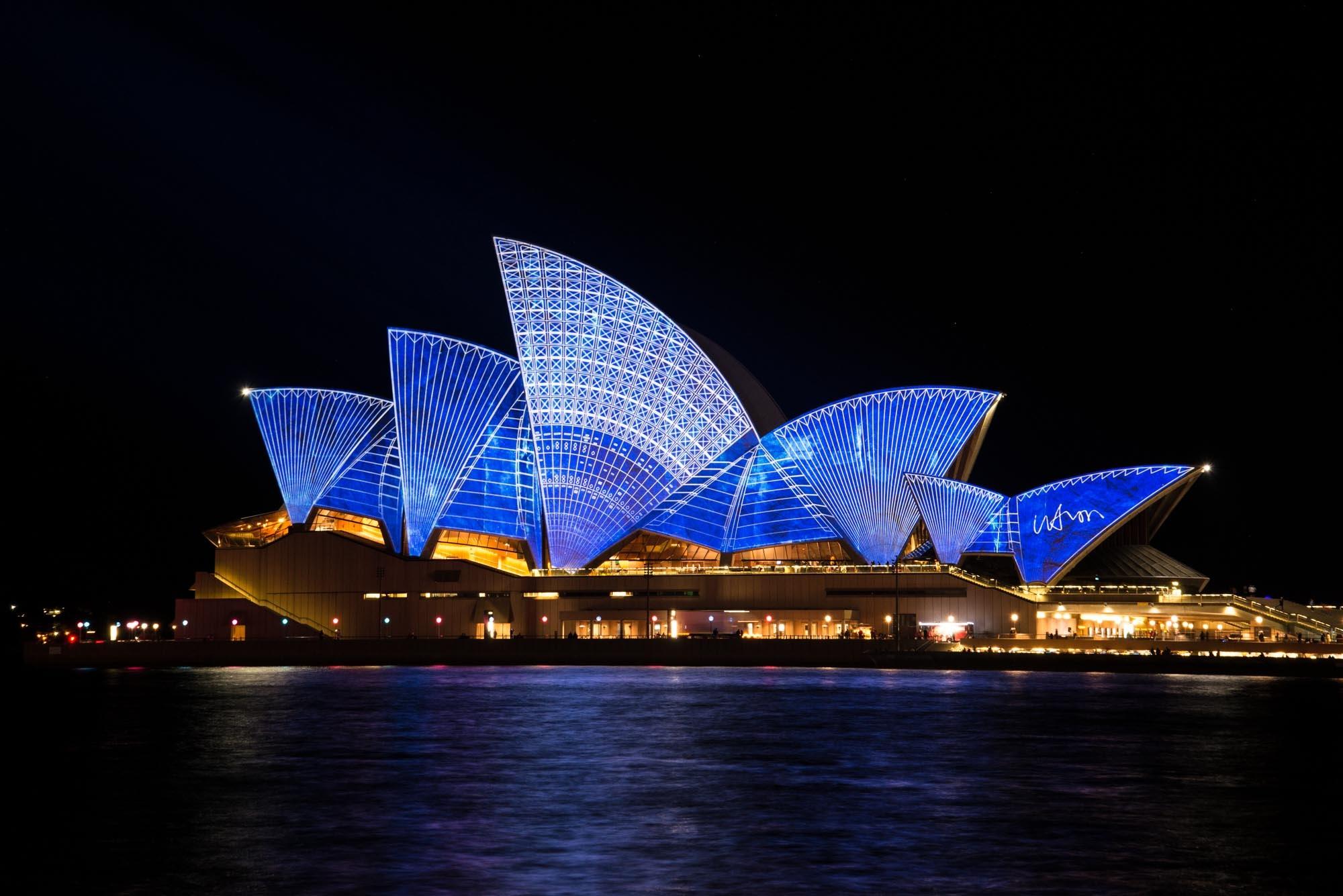India’s music has been shaped by centuries of tradition, with instruments that carry both cultural and spiritual significance. From classical performances to folk celebrations, these instruments are the backbone of Indian music. Here are some of the most important ones to know:
| Instrument | Type | Tradition/origin |
| Sitar | String | Hindustani Classical |
| Tabla | Percussion | Hindustani Classical |
| Veena | String | Carnatic Classical |
| Shehnai | Wind | North India, Folk/Classical |
| Mridangam | Percussion | Carnatic Classical |
| Sarod | String | Hindustani Classical |
| Flute | Wind | Both Hindustani & Carnatic |
| Dhol | Percussion | Folk (Punjab & beyond) |
India is a land of diverse cultures, traditions, and art forms, where music plays an integral role in its vibrant heritage. The musical instruments of India reflect the country’s rich cultural tapestry, offering a blend of classical, folk, and contemporary sounds. These instruments are not just tools for creating music but are deeply intertwined with spiritual practices, historical narratives, and cultural identities. From temple rituals to royal courts, and from rural festivals to global stages, Indian musical instruments have been central to expressing the nation’s collective soul.
The sitar and tabla gained international fame when artists like Ravi Shankar and Zakir Hussain performed on global stages, introducing Indian classical music to audiences worldwide.
What makes Indian musical instruments unique is their diversity and connection to regional traditions. Each instrument carries centuries of craftsmanship and innovation, evolving to suit different genres and performance styles. Whether it’s the meditative sound of the bansuri, the rhythmic complexities of the tabla, or the melodic charm of the sitar, these instruments showcase India’s artistic brilliance. In this article, we’ll explore the popular musical instruments of India, and their cultural significance, and provide a detailed list of musical instruments from the oldest to the newest, offering a glimpse into the timeless legacy of Indian music.

Popular Musical Instruments in India
India boasts a variety of musical instruments, each resonating with unique tones and cultural significance. These instruments can be broadly categorized into four types: stringed instruments, wind instruments, percussion instruments, and keyboard instruments. Let’s take a closer look at some of the most iconic ones.
Sitar
The sitar is one of the most recognizable stringed instruments of India. Widely used in Hindustani classical music, it has a long neck and multiple strings that produce rich, resonant sounds. The sitar gained international fame through maestros like Pandit Ravi Shankar, making it a global symbol of Indian music.
Tabla
The tabla is a percussion instrument consisting of two drums—the smaller, high-pitched dayan and the larger, bass-rich bayan. Known for its intricate rhythms, the tabla is a staple in Indian classical, devotional, and popular music.
Veena
The veena is an ancient stringed instrument mentioned in Vedic texts. It is widely used in Carnatic music and is known for its deep, soulful tones. The Saraswati veena, named after the Hindu goddess of knowledge, is particularly revered.
Bansuri
The bansuri is a bamboo flute associated with Lord Krishna. This wind instrument is celebrated for its simple design and melodious sound, making it a favorite in classical, folk, and Bollywood music.
Mridangam
The mridangam is a double-sided drum integral to Carnatic music. Its powerful beats and rhythmic versatility make it a preferred choice for South Indian classical performances.
Harmonium
Introduced to India during the colonial period, the harmonium is a keyboard instrument that has become indispensable in Indian music. It’s widely used in devotional songs, ghazals, and even light classical music.
Sarod
The sarod is a fretless stringed instrument with a deep, introspective tone. It is prominent in Hindustani classical music and is often paired with the tabla in concerts.
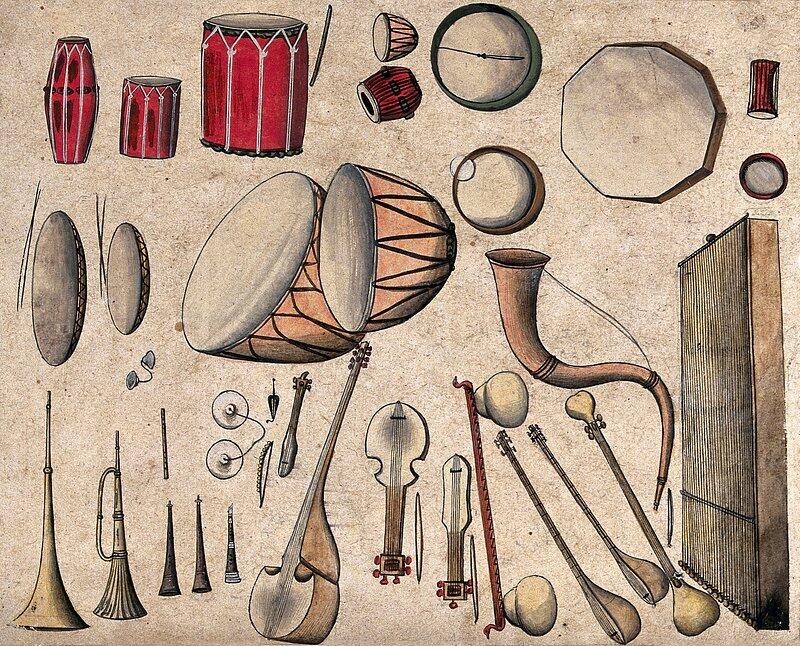
Dhol
The dhol is a vibrant percussion instrument often played during celebrations and festivals. Its energetic beats set the tone for bhangra and other regional dance forms.
Santoor
The santoor is a stringed instrument from the Kashmir region, played with lightweight mallets. Known for its celestial sound, the santoor is an integral part of Sufi and classical music.
Shehnai
The shehnai is a wind instrument often played at weddings and religious ceremonies. Its piercing, yet melodious tone is believed to bring good fortune and happiness.
Tanpura
The tanpura is a stringed instrument that provides a continuous drone, creating the perfect harmonic backdrop for Indian classical performances. It is essential for maintaining the tonal framework in music.
Pakhawaj
The pakhawaj is a barrel-shaped drum that predates the tabla. Commonly used in dhrupad performances, it produces deep, resonant tones that complement the classical genre.
While the tabla is widely regarded as a quintessential Indian percussion instrument, it is believed to have originated as a split version of the pakhawaj. Legend attributes its invention to Amir Khusrau in the 13th century, but historical evidence suggests it evolved from influences of Persian and Indian drumming traditions.
Ghatam
The ghatam is a clay pot percussion instrument used in Carnatic music. It is played with fingers, palms, and knuckles, creating a variety of rhythmic patterns.
Ektara
The ektara is a single-stringed instrument popular in Indian folk music. Traditionally used by wandering minstrels, it’s known for its simplicity and evocative sound.
Kartal
The kartal is a pair of wooden clappers or cymbals used in devotional and folk music. Its rhythmic clinking adds a lively element to performances.
Sarangi
The sarangi is a bowed string instrument known for its expressive and soulful tone, often said to resemble the human voice. It sarangi dates back to medieval India and has roots in folk traditions, evolving into a sophisticated classical instrument.
List of Musical Instruments of India from Oldest to Newest
India’s musical journey spans millennia, with instruments evolving alongside cultural and technological advancements. Here’s a chronological list of musical instruments from oldest to newest:
| Instrument | Era of Origin | Category |
|---|---|---|
| Veena | Vedic Period (~1500 BCE) | Stringed |
| Mridangam | Ancient (~1000 BCE) | Percussion |
| Bansuri | Ancient (~1000 BCE) | Wind |
| Tabla | Medieval Period (~13th Century) | Percussion |
| Sitar | Medieval Period (~13th Century) | Stringed |
| Sarod | Medieval Period (~14th Century) | Stringed |
| Shehnai | Medieval Period (~14th Century) | Wind |
| Santoor | Medieval Period (~15th Century) | Stringed |
| Harmonium | Colonial Era (~19th Century) | Keyboard |
| Dhol | Colonial Era (~19th Century) | Percussion |
| Guitar (adapted) | Modern Era (~20th Century) | Stringed |
| Keyboard Synthesizer | Modern Era (~20th Century) | Keyboard |
| Electric Guitar | Modern Era (~20th Century) | Stringed |
Ancient Instruments
Ancient Indian instruments form the foundation of the country’s musical heritage. The veena, a stringed instrument, was considered divine and often associated with the goddess Saraswati. The bansuri, a simple bamboo flute, has its origins in pastoral settings and gained prominence in tales of Lord Krishna.
Percussion instruments like the mridangam were central to temple music and rituals, providing rhythmic depth to early compositions. These instruments were crafted from natural materials like wood, bamboo, and animal hide, emphasizing sustainability and harmony with nature. Their timeless appeal continues to influence contemporary music and maintain a vital connection to India’s cultural roots.
Medieval Instruments
The medieval period marked a significant evolution in Indian musical instruments, blending indigenous traditions with Persian and Mughal influences. Iconic instruments like the sitar and tabla emerged during this era, reflecting a fusion of cultures. The sarod and shehnai, which also gained prominence in this period, were tailored to suit classical and royal court performances.
The santoor, originating from Kashmir, became an essential part of folk and classical music. These instruments not only enriched Hindustani music but also played a key role in defining the melodic and rhythmic framework of the time, leaving a lasting legacy on Indian music.
Colonial and Modern Additions
The colonial era introduced instruments like the harmonium, which quickly became integral to Indian music due to its adaptability. Instruments like the guitar and electric guitar were later adopted, blending with Indian styles to create innovative genres like Indian rock and fusion.
The advent of the keyboard synthesizer further expanded musical possibilities, allowing artists to produce diverse sounds. These modern additions have transformed traditional music and brought Indian sounds to global audiences, fostering cross-cultural musical exchanges and innovation.
Traditional and Regional Instruments
India’s regional diversity is mirrored in its traditional instruments. Here are some examples:
- Pungi (Snake Charmer’s Flute): Popular in rural India, this wind instrument is used in folk music and performances.
- Santoor: Originating from Kashmir, the santoor is a stringed instrument played with mallets and known for its soothing melodies.
- Shehnai: A wind instrument often used in weddings, temples, and auspicious ceremonies, symbolizing joy and prosperity.
- Dholak: A smaller percussion instrument commonly used in folk music across North India, especially in celebrations.
- Chenda: A cylindrical drum from Kerala, played during temple festivals and traditional dance forms like Kathakali.
- Ektara: A one-stringed instrument popular in folk music, used by bards and minstrels across Bengal and Rajasthan.
- Kanjira: A small frame drum from South India, used in Carnatic music for its dynamic rhythmic patterns.
- Nadaswaram: A long-winded instrument from Tamil Nadu, often paired with the mridangam in religious and ceremonial music.
The Influence of Indian Musical Instruments Globally
Indian musical instruments have significantly influenced global music, bridging cultural gaps and inspiring artists worldwide. Instruments like the sitar and tabla gained international prominence during the 1960s and 70s, thanks to collaborations between Indian maestros and Western musicians. Notably, Pandit Ravi Shankar’s association with The Beatles introduced the sitar to rock music, creating iconic tracks like "Norwegian Wood."
The bansuri has been integrated into global genres like jazz and ambient music. Indian flutist Hariprasad Chaurasia’s collaborations with Western artists have introduced the instrument to a worldwide audience, inspiring new compositions that blend Indian classical and contemporary styles.
The tabla, with its complex rhythms, has become a favorite in global fusion and electronic music. Artists like Zakir Hussain have taken Indian percussion to international stages, influencing genres ranging from jazz to world music.
Contemporary music producers often incorporate the bansuri’s ethereal sound in film scores and ambient music, adding a touch of Indian mysticism. The harmonium and dhol also feature prominently in global festivals and events, showcasing the diversity of Indian rhythms.
Today, Indian musical instruments are not just limited to classical or folk music but are embraced in experimental and modern compositions worldwide. This global appreciation underscores the timeless appeal and versatility of India’s rich musical heritage, ensuring its resonance for generations to come.
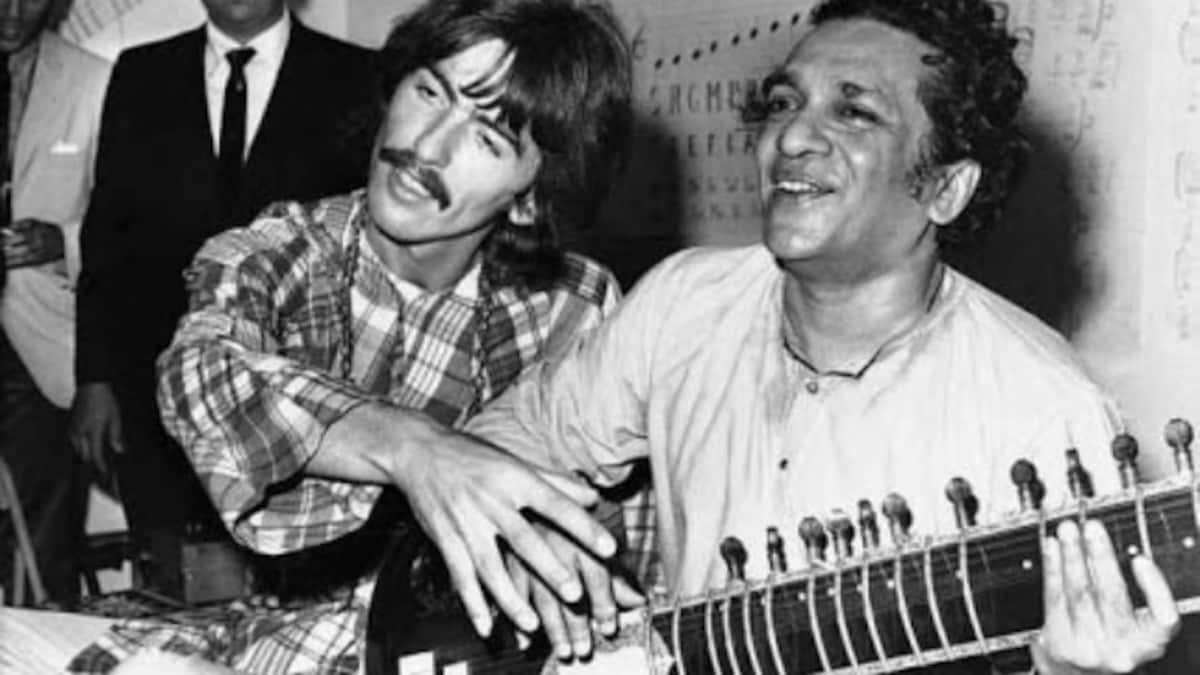
Learning and Preserving Indian Musical Traditions
Efforts are being made to preserve and promote India’s rich musical heritage. Institutions like the Sangeet Natak Akademi and various music schools offer training in traditional instruments. These institutions ensure that knowledge is passed down through generations by hosting workshops, concerts, and cultural festivals.
Online platforms have further revolutionized access to traditional music. Aspiring musicians can now learn instruments like the sitar, tabla, or veena from renowned maestros through virtual classes. Additionally, archival projects are preserving rare recordings and manuscripts for posterity. The integration of traditional music into modern education curricula is also encouraging young minds to explore India’s heritage.
These combined efforts play a crucial role in keeping India’s musical traditions alive, inspiring both local and global audiences to appreciate the depth and diversity of this cultural treasure.
Musical Instruments of India: A Legacy of Innovation and Tradition
The musical instruments of India are far more than tools for creating sound; they are cultural treasures that embody centuries of innovation and tradition. Each instrument, from the ancient veena to the contemporary harmonium, narrates a story of artistic evolution, spiritual devotion, and cultural resilience. As symbols of India’s creative heritage, these instruments continue to inspire both traditional performances and modern experiments in sound.
The diversity of India’s musical instruments, ranging from the oldest to the newest, underscores the nation’s ability to adapt and innovate while maintaining its roots. Exploring these instruments offers a deeper understanding of India’s profound musical legacy. Whether you’re an artist, historian, or enthusiast, delving into the world of Indian music can provide a unique glimpse into the soul of this timeless art form.

















